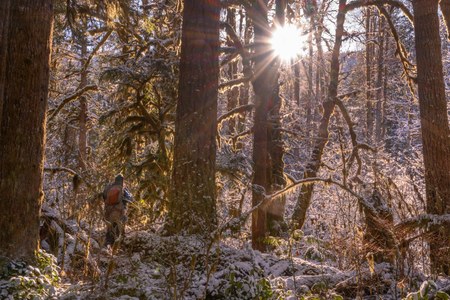
My knees sank into the snow. I had my face close to the quilt of white that covered the stair-step moss. In a few places, their feathery green leaves showed through. These are one of the biggest mosses in the Pacific Northwest. A new leaf grows each year from the stem of last year’s. An elegant bryophyte, with lacy foliage, it can form a matt a foot or more, thick. The combination of snow and moss made the forest floor look like a thick and fluffy winter comforter had been thrown across it. The leaf tissue looked frozen and shriveled, but it smelled alive; vibrant life was just waiting for a warm day.

Before the winter storm five of us from the Mountaineers Naturalist Group had planned this hike on the Old Sauk Trail to study mosses, but because of the snow only Gary and I had come. These big old trees create a perfect environment for these more diminutive members of the plant kingdom. More than a dozen species grow on trunks, branches, or the ground. We knew the mosses would be desiccated from the cold weather, but came anyway. The cold, dry air had caused them to shrivel and lose their moisture. Mosses are only one cell thick, and lack a vascular system for delivering water to each cell. Usually these dense, dark forests are ideal as they are high in humidity, but not now. The snow was still light and fluffy and the temperature hung in the mid-teens. But the moment the humidity rises and liquid water hits their leaves, they will revive.
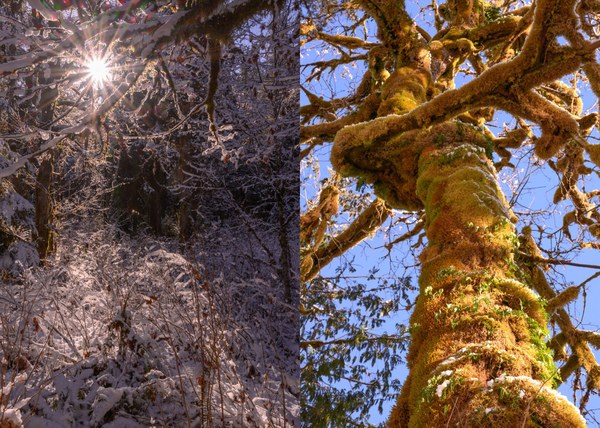
Snow covered the conifers to their crowns, and small ice crystals sat precariously on vine maple branches. On this early February morning the air was still, and the sounds of the Sauk River filled the understory. For several miles along this valley, loggers had somehow missed this band of forest. Virtually all the lowland rainforests in Washington had been logged decades ago. Here, though, impressive Douglas firs maybe three or four feet in diameter rise to almost 200 feet; many are probably five hundred years old. The sun created a dapple understory, bright where it reflected off the snow. Thick hemlock bows formed sun umbrellas and created deep, nearly black shadows.
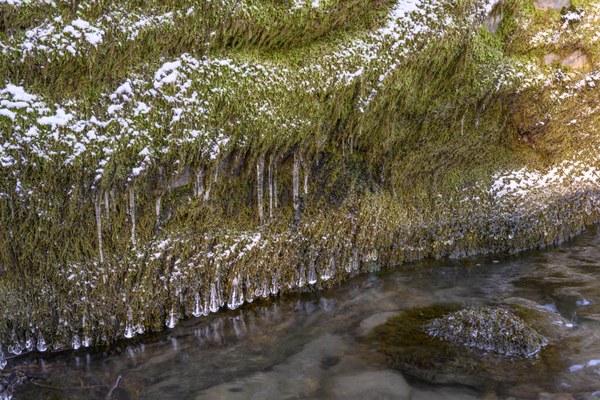
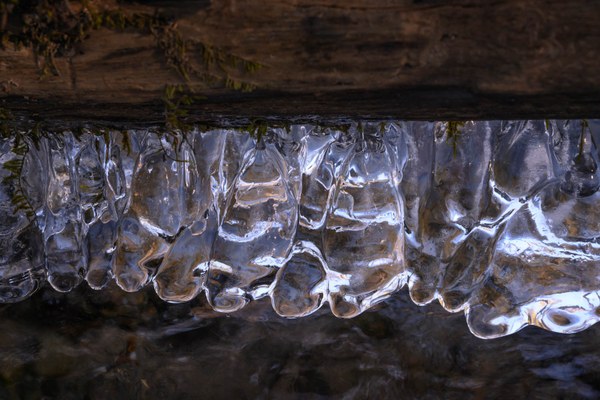
Around each bend, the intricate mosaic made us gawk. The bare red alders and big-leaf maples created an entirely different texture with their moss-covered branches, now draped in white. Snow sat on each needle of the drooping hemlocks and cedars. The cattail mosses hanging from branches had white caps a few inches thick, and the beds of sword ferns had crisp white blankets. The chip-chip of a Pacific Wren made me turn. Puffs of white mist told where this bird had moused through the thick understory.
My hiking buddy shook his head several times, and I realized his knitted hat had touched the maple twig crossing the trail, causing snow to tumble into his coat collar. It made me smile, as a favorite game in junior high was to see if one could cause the white stuff to come down on a friend. We became very adept at timing a secret branch twitch to get the person behind or in front. It often resulted in a tumble in the snow.

The Sauk ran low for this time of year; there had not been a lot of rain over the last several months. The water eddied, rippled, and undulating downstream of each rock. The sound was soft, like a violin playing a concerto. Snow covered each boulder much the way my knitted hat protected my balding scalp. Where the spray had dripped and frozen, ice crystals hung from logs and rocks. As the afternoon progressed the alders and maples across the river took on a warm quality in the sun, creating a reddish-brown glow in the moving water much like a blurred mirror. This kaleidoscope of soft colors was mesmerizing. I stood until fingers and toes tingled from the cold, compelling us to return to the forest trail.
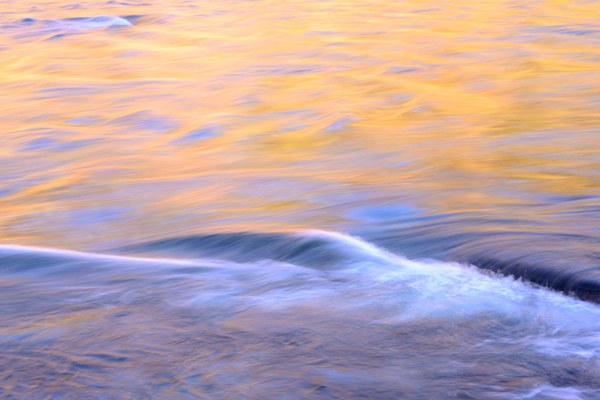
“Look here,” Gary said, “this is menziesii on this side, the more shaded side, and douglasii over here.” We had leaned in close to a large hemlock trunk to look at the Neckera moss growing from the bark. “See, look at the leaf shape, one is more rounded,” he continued, “while the other is finely pointed.” The leaves are minute at less than an eighth of an inch across, and best examined with a magnifying glass. Gary, a moss expert, had just finished teaching a course I took at The Mountaineers. Separating these two species was still hard for me.
By 3 pm the sun had risen halfway up the north valley wall, so the Sauk no longer had the mosaic of colors we saw earlier. We had a 45-minute walk back to the trailhead if we didn’t stop - this winter forest had kept us hypnotized for more than five hours. The light, now extremely soft, gave the trees a different texture. Although we needed to hurry to get out before any melt on the road refroze, I couldn't help but stop. Mosses can lie dormant, desiccated for days, months, even years, and then with a little moisture jump back to life. My buddy had disappeared around the bend as I gazed into the woodland. Not just on this day, but each hike into the wilds seems to add that moisture to my soul, giving energy to a seven-decade body for whatever is next.
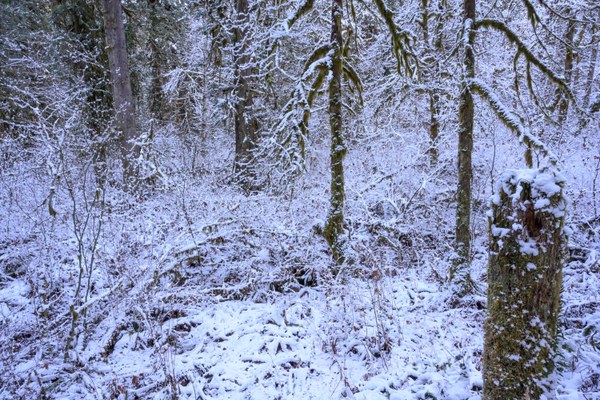
 Thomas Bancroft
Thomas Bancroft